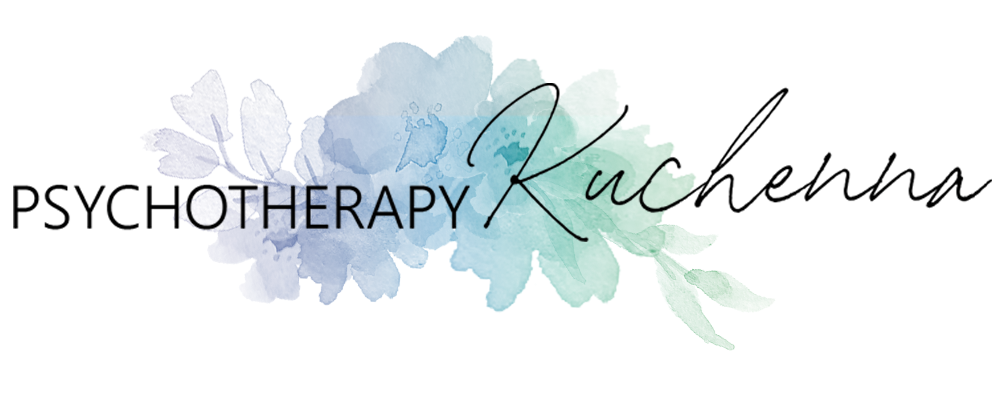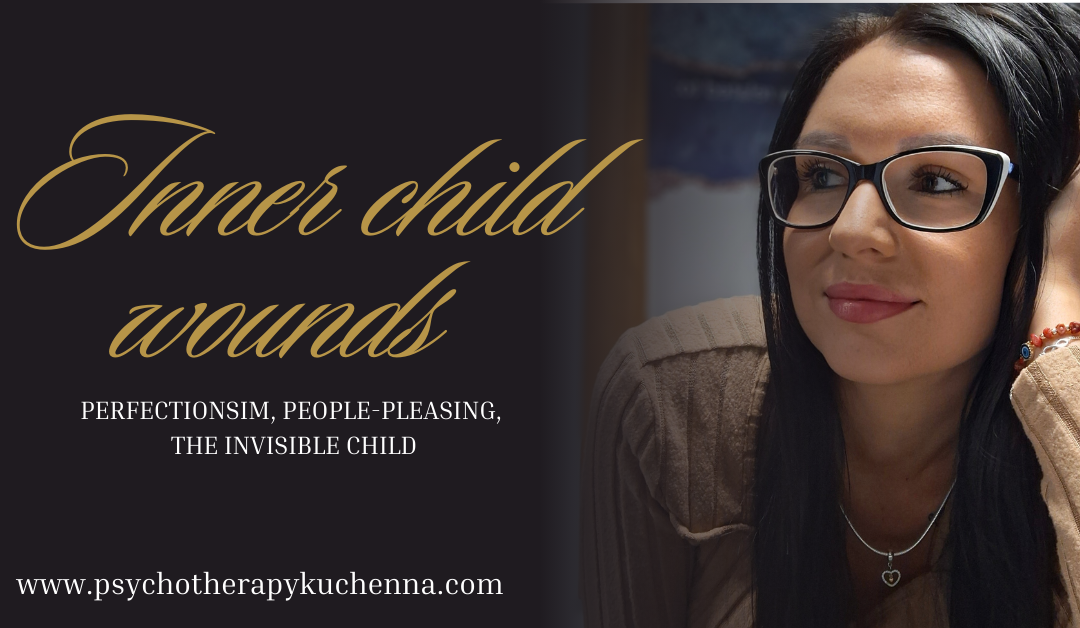Our “inner child” represents the part of our subconscious formed during childhood, carrying both joyous memories and painful wounds. When these wounds go unhealed, they often manifest in adulthood as emotional and behavioural patterns that impact our relationships, self-esteem, and personal growth. Three significant inner child wounds are perfectionism, people-pleasing, and the invisible child. Understanding these wounds helps us recognize their roots and work towards healing and self-acceptance.
1. Perfectionism: The Burden of Never Feeling “Good Enough”
What It Looks Like:
Perfectionism is more than striving for excellence; it’s a relentless pursuit of flawlessness, often accompanied by harsh self-criticism and fear of failure. Individuals with this wound may set unattainable standards for themselves and others, leading to chronic stress, procrastination, or burnout.
The Roots:
This wound often develops in a childhood environment where love and approval are conditional—based on achievements or behaviour. Perhaps caregivers offered praise only for accomplishments, or mistakes were met with criticism. As a result, the child internalizes the belief: “I must be perfect to be loved.”
Impact on Adulthood:
- Difficulty relaxing or enjoying success
- Overworking to the point of exhaustion
- Fear of judgment or rejection for any imperfection
Healing Path:
- Self-Compassion Practices: Challenge negative self-talk and embrace imperfection as part of being human.
- Reframing Mistakes: View failures as learning opportunities rather than reflections of worth.
- Inner Dialogue: Affirm that love and worth are inherent, not earned through performance.
2. People-Pleasing: The Need to Be Loved at Any Cost
What It Looks Like:
People-pleasers often prioritize others’ needs and desires over their own, fearing conflict or disapproval. They may struggle to set boundaries, saying “yes” when they want to say “no,” and feel responsible for others’ emotions.
The Roots:
This behaviour typically stems from growing up in an environment where emotional support was inconsistent or love was conditional. Perhaps a caregiver’s approval depended on being “good” or compliant. The child learned: “To be loved and safe, I must make others happy.”
Impact on Adulthood:
- Resentment from unmet needs
- Chronic exhaustion from overcommitting
- Suppression of authentic self, leading to identity loss
Healing Path:
- Boundary Setting: Practice asserting needs and saying “no” without guilt.
- Inner Validation: Seek self-approval rather than relying on external validation.
- Identify Triggers: Recognize situations where people-pleasing tendencies arise and consciously choose a different response.
3. The Invisible Child: The Fear of Being Overlooked or Forgotten
What It Looks Like:
The invisible child wound manifests as feelings of unworthiness and invisibility. Adults with this wound often feel like outsiders or struggle to express themselves, fearing they won’t be heard or valued. They may also adopt a quiet, unobtrusive demeanour to avoid drawing attention.
The Roots:
This wound often develops when a child’s emotional needs are neglected. Perhaps they grew up in a household where one or more caregivers were emotionally unavailable or preoccupied. The child internalizes the belief: “My feelings don’t matter; I’m invisible.”
Impact on Adulthood:
- Difficulty forming deep connections
- Suppressed emotions and needs
- Low self-esteem and fear of vulnerability
Healing Path:
- Self-Expression: Practice sharing thoughts and feelings, starting in safe environments.
- Reconnect with Passions: Engage in activities that bring joy and affirm individuality.
- Inner Child Work: Visualize nurturing the inner child, affirming their worth and value.
Moving Towards Healing
Healing inner child wounds involves recognizing the patterns we’ve carried from childhood and gently reparenting ourselves with the love, understanding, and validation we may have lacked. Therapy, journaling, meditation, and inner child exercises can be powerful tools for this journey.
By addressing perfectionism, people-pleasing, and the invisible child within, we cultivate self-compassion and authenticity, allowing us to live more fulfilling, connected lives. Remember, healing is a process—be patient with your inner child.
With love,
Sylwia

